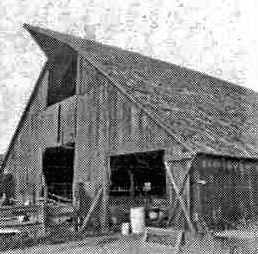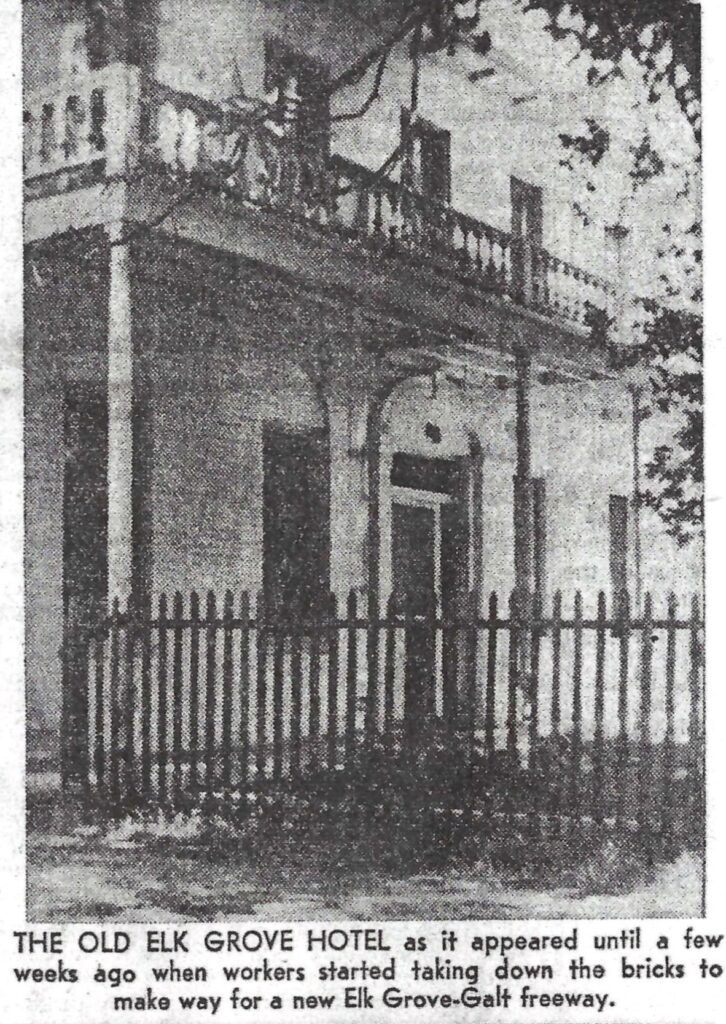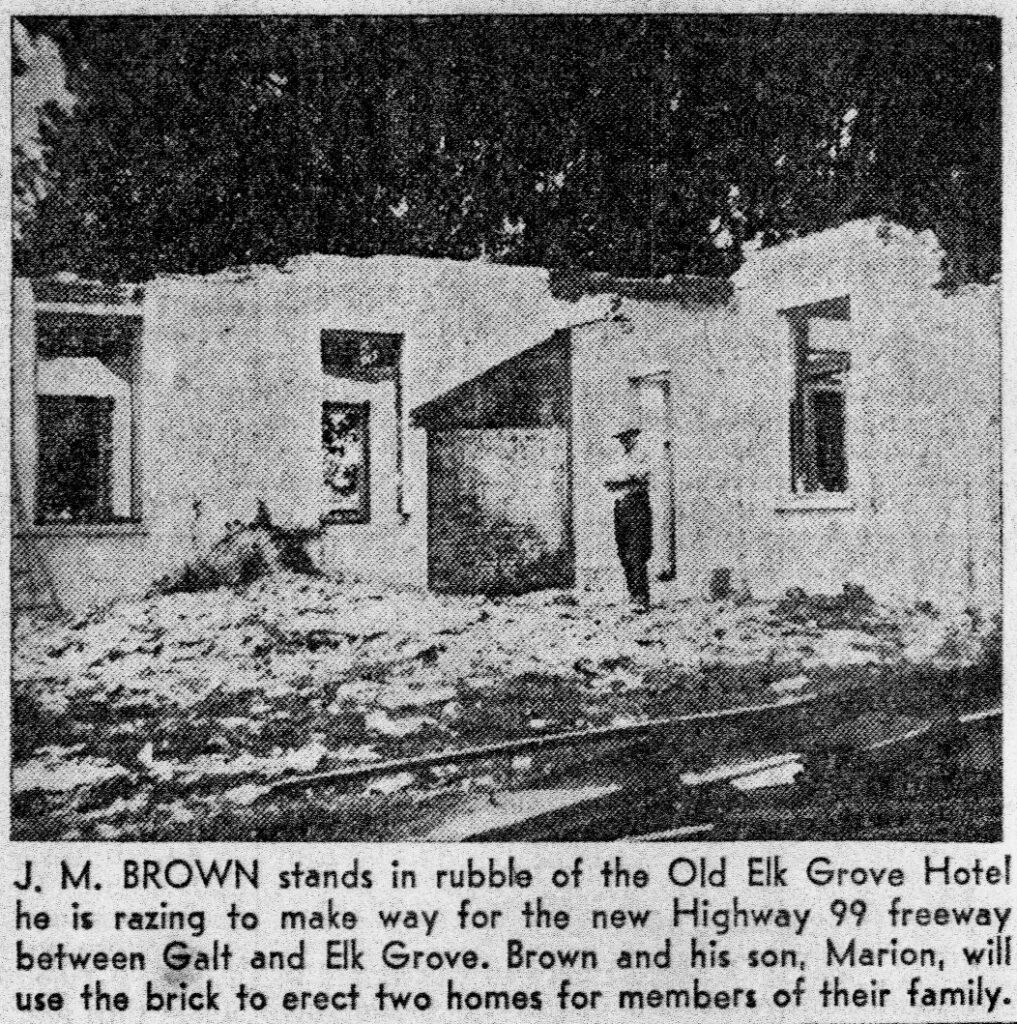1850 – James Watson Hall (1803-1872) was born in Lancaster County England in 1803, married Sarah Wild in 1824 in Rotherham, Yorkshire, England. They had five children John, Henry, Anne, and twins Thomas and William. They decided to leave England and arrived in New York City in 1840, James was 36 years old. For ten years they lived in many states, slowly working their way westward, probably hearing about the gold rush, and landing in Placerville in 1850. They built the “* Hotel” in Elk Grove that same year. It was a stage stop for a short time and later became an Elk Grove post office in May 1854, but there were evidence of problems and it closed December 1854. (James moved to Sacramento in 1856, later moved to Tehama County, ultimately settling in Vallejo, where he died in 1872 at 69 years.)
(* Present day, citizens sometimes call the museum a hotel, but these were stages stops and were never hotels. Hotels were in towns and cities. These were roadhouses, called “houses.” There was the 7-Mile House, Union House, Franklin House, Elk Grove House. They were built for overnight stays, not as extended-stay hotels.)
1855 – The property was sold to Andrew McHesser and Jared Winn in 1855 for $4,000. McHesser ran the house as an inn, reopened the post office, and sponsored dances. It served as a center in the early days with merrymakers coming from Sacramento in a “tallyho” (horse drawn trolly), dancing all night, having breakfast, and then making the three-hour ride back to the city.
1857 – The house burnt down and was reconstructed with bricks.
(Note: We have no photos and very little information on the original house, but we believe it might have been made of wood and is why it burnt down. We think, this is the reason they make a point of saying the new reconstructed version was made of brick.)
1859 – The property was purchased by the Francis Graham Family. At the time, it included all of present-day Elk Grove Park and land to the Cosumnes River. These holding were called Grahams Grove and Grahams Lake. This grove became the first park district in California. Mr. Grahams daughter, Elizabeth (later Mrs. Guy Foulks) was born in the house.
1901 – The property was purchased by Zaccheus Markofer. Fruit Trees and vines were planted.
1916 – Mr. Markofer’s youngest son, Harry, left the University at Berkeley to come home and manage the ranch. When he married Florence Polhemus in April 1917, he remodeled the plumbing. In 1917 Mr. Markofer was called to serve in World War I and when he returned in 1919, they again took up residency in the old brick house. Their fist daughter, Edna Mae (later Mr. Tufts) was born there in 1920.
1935 – The House and surrounding 110 acres were bought by John Melvin Brown who had a dairy operation and many fruit orchards. (Note the dairy barn in the background).
1957 – It was torn down in 1957 to make way for Highway 99. – Mr. Brown and his son Marion, in partnership on the ranch, had to start the removal of bricks and began tearing down the old landmark to make way for progress. The new highway needed to straighten the road, so the original site is under the northbound lane of highway 99.
Elk Grove Citizen – April 7, 1958:
Before it was razed, drawings were made and pictures taken, with plans to reconstruct the building in the future.
1973 – The house received historical stature.
1985 – Construction of a replica was started about 100 yards east of the original site in 1985
2000 – With construction finally completed, it opened as a museum and is the corner stone of Heritage Park, a museum complex open to the public.



